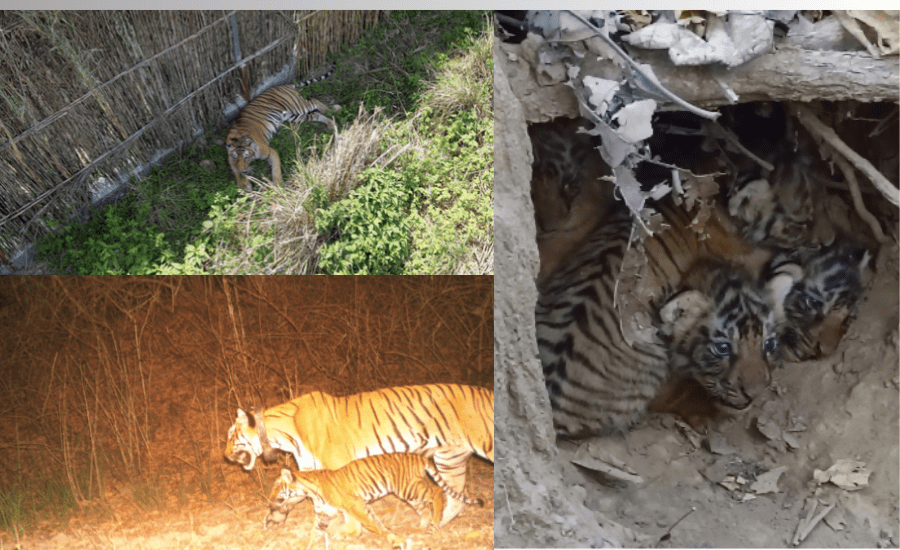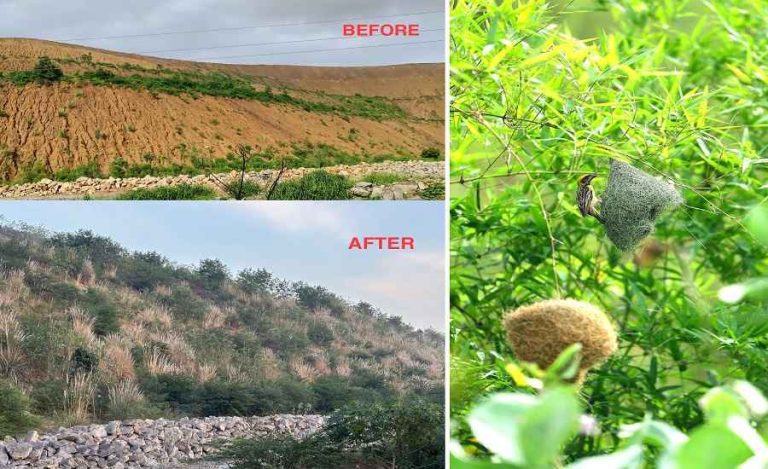Nestled in the foothills of the Shiwalik Himalayas, Rajaji Tiger Reserve has long been a sanctuary of rich biodiversity, representing one of the last protected patches of the Tarai ecosystem. However, this haven of wildlife faced a grim reality when the tiger population in its western part dwindled to zero due to intense anthropogenic disturbances. The disappearance of the apex predator from this critical habitat was not just a loss for the reserve but a blow to the ecological balance of the entire region.
A Bold Plan for Revival
Faced with this stark reality, the Uttarakhand Forest Department (FD) embarked on an ambitious mission to restore the tiger population in Western Rajaji. After thorough scientific deliberation, it was decided that the best approach would be the translocation of tigers back into this region. This was no small task. The department knew that simply reintroducing tigers would not suffice; the habitat had to be improved, and a robust protection regime needed to be in place to ensure the survival and breeding of these majestic creatures.
The decision to undertake this project entirely in-house was both bold and groundbreaking. The Uttarakhand FD, under the guidance of the National Tiger Conservation Authority (NTCA), chose to rely on its manpower, expertise, and infrastructure, marking a significant milestone in wildlife conservation efforts in India. In a conversation with Indian masterminds, Dr. Saket Badola, former director of Rajaji Park, highlighted, “It is unique as it’s an entirely FD effort under the guidance of NTCA, with no outside technical support from any technical institutes such as WII or anyone else. This indicates how FD has developed the in-house capabilities to efficiently manage all aspects of such a complicated task entirely on its own and is capable of delivering it so successfully.”

The Process of Translocation
The translocation project was divided into multiple phases. The first phase focused on creating the necessary infrastructure. This included upgrading transport vehicles, fabricating specialized transport cages, and constructing a 1-hectare soft-release enclosure equipped with CCTV cameras, an observation watchtower, and waterholes. These measures were critical to ensuring that the translocated tigers would find a safe and stress-free environment to establish themselves.
The next phase was all about preparing the staff. Specialized training programs were conducted to enhance their capabilities in selecting physically fit animals, tranquilizing them, transporting them, releasing them into the soft enclosure, and monitoring them via satellite collars and on-foot teams. This meticulous preparation was essential for the success of the project.
Finally, in the initial translocation phase, four tigers—three females and one male—were carefully selected from Corbett Tiger Reserve and transported to Western Rajaji. The entire process was executed with precision, following the Central Government’s Translocation Protocol to the letter.
A Resounding Success
The efforts of the Uttarakhand FD soon bore fruit. In May 2024, just a few months after their translocation, two of the three tigresses gave birth to five cubs, marking the ultimate success of this humongous task. The birth of these cubs not only indicated that the translocated tigers had adapted well to their new environment but also signaled the revival of a breeding population of tigers in Rajaji.
To further support this burgeoning tiger population, large-scale habitat improvement works were undertaken. This included the removal of invasive lantana plants, grassland development, and the creation of large waterholes to increase water availability for both the prey and the newly introduced apex predators. Special patrolling efforts, including long-range and specialized patrols monitored through the M STRIPES system, were also put in place to prevent human-wildlife conflicts as the tigers began to explore their new home.
“Having a healthy and breeding population of tigers in western Rajaji is a long-held conservation dream for those who understand the potential of the area. It’s an achievement that the efforts of the Uttarakhand Forest Department are bearing fruit towards realizing that dream,” shared Mr. Badola.
The success of this in-house effort by the Uttarakhand FD has far-reaching implications. Not only does it secure the future of tigers in Rajaji Tiger Reserve, but it also offers hope for adjacent states like Uttar Pradesh, Himachal Pradesh, and Haryana. Over time, the tigers of Rajaji are likely to repopulate connected patches of forests in these regions, contributing to the overall conservation of the species in northern India.
The story of tiger translocation in Rajaji Tiger Reserve is a testament to the power of determination, expertise, and collaboration. It is a story of how a seemingly impossible task was accomplished through meticulous planning, dedication, and the unwavering commitment of the Uttarakhand FD. Most importantly, it is a story of hope—a hope that the roar of the tiger will once again echo through the forests of Rajaji, heralding a new era of wildlife conservation in India.
































